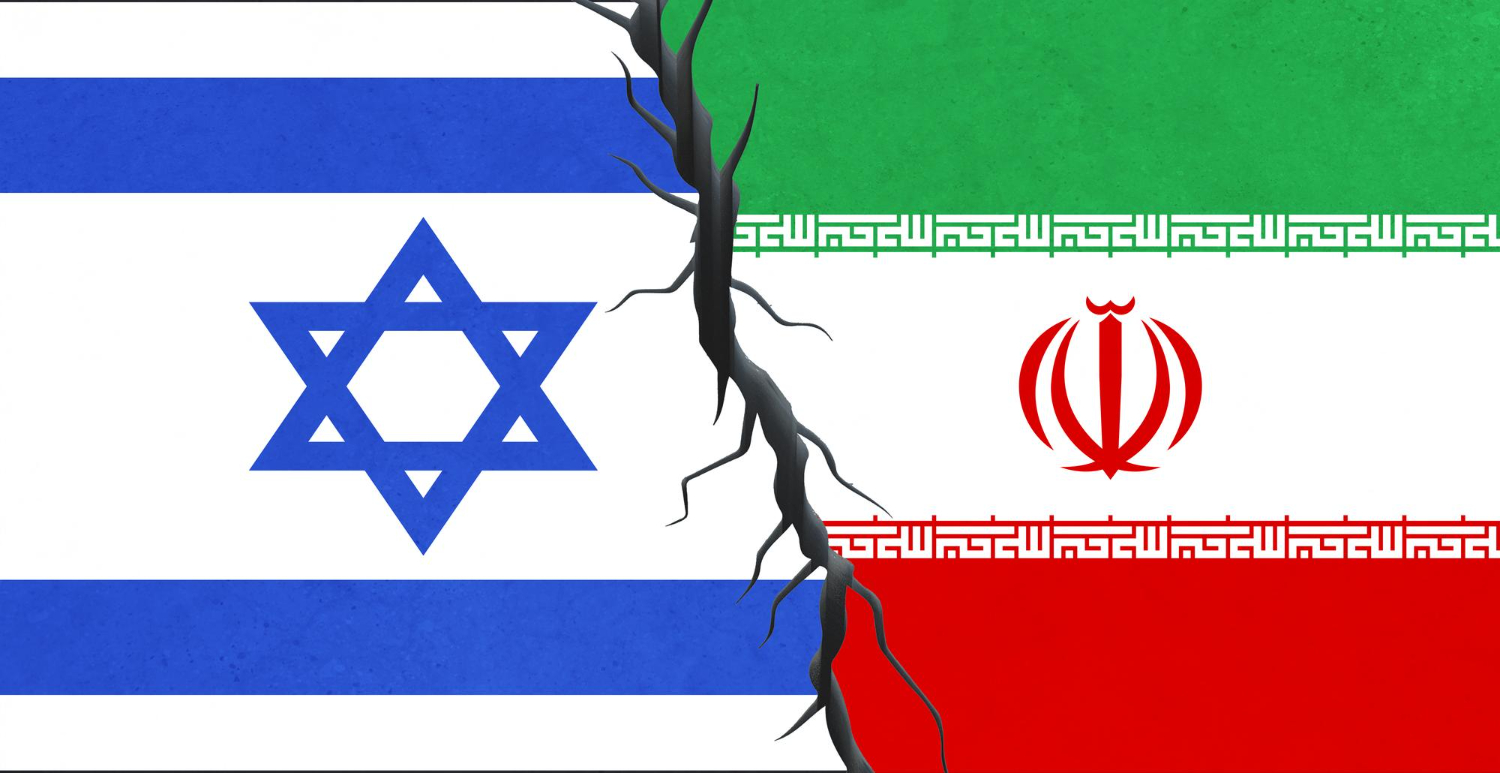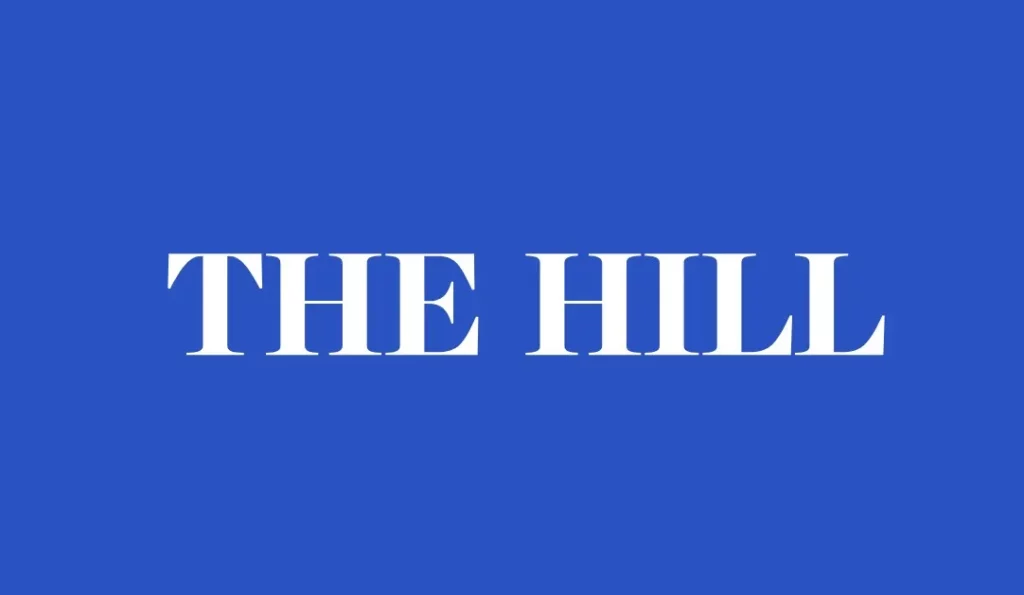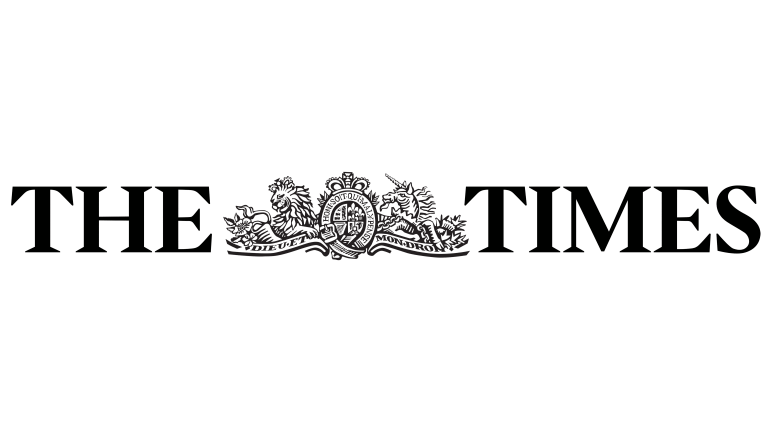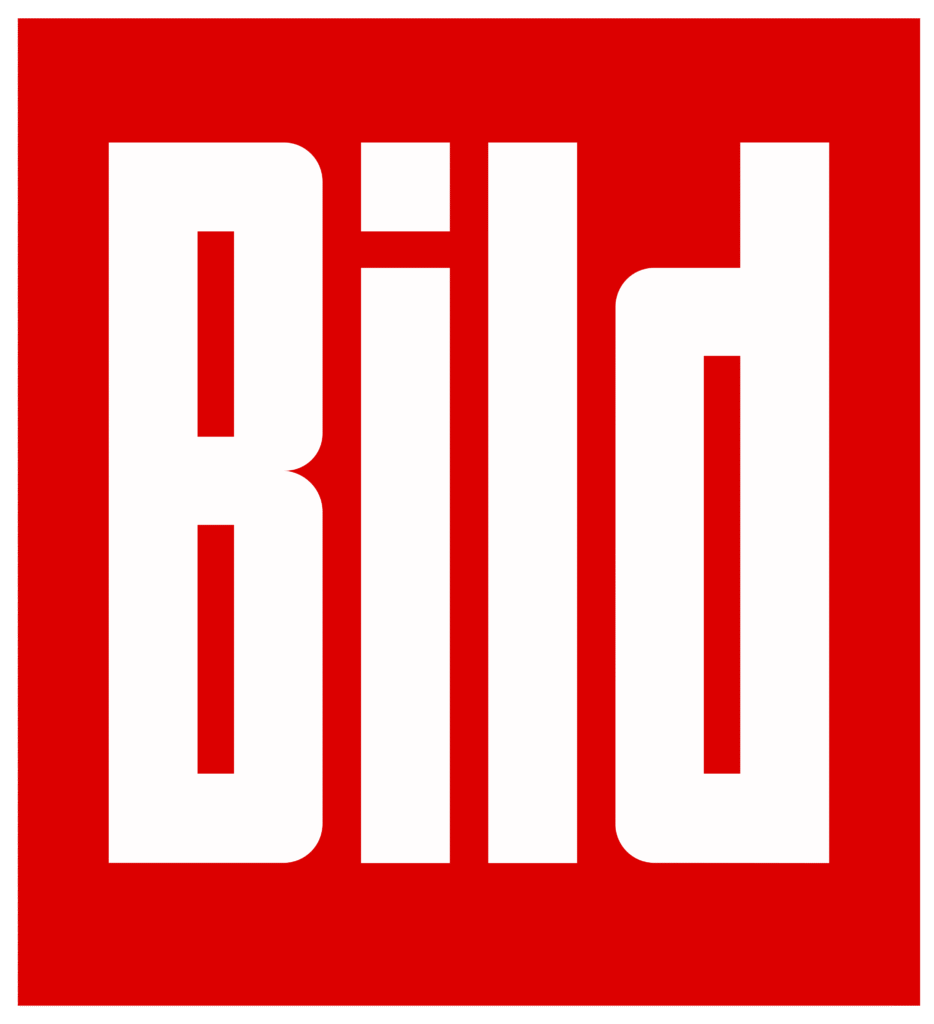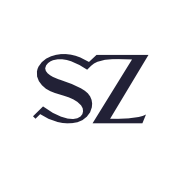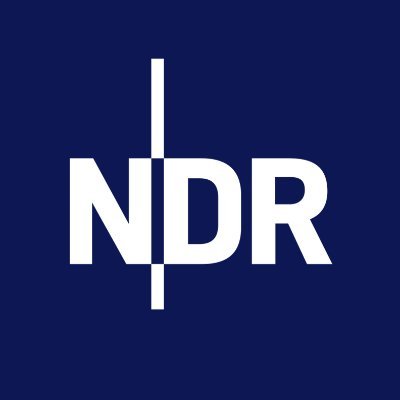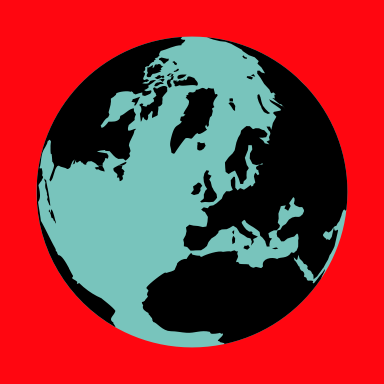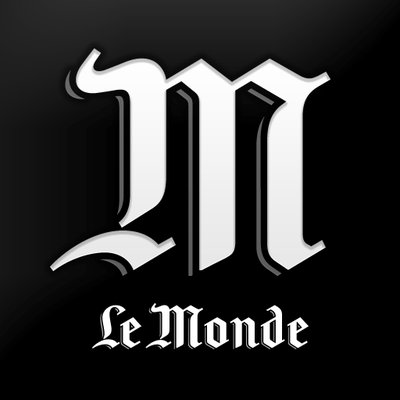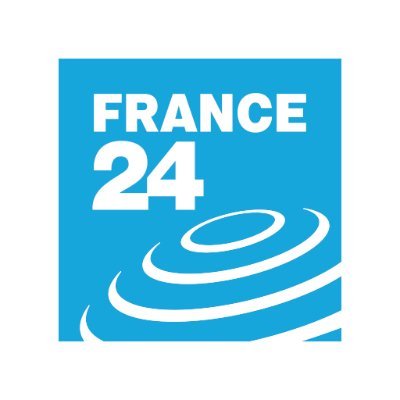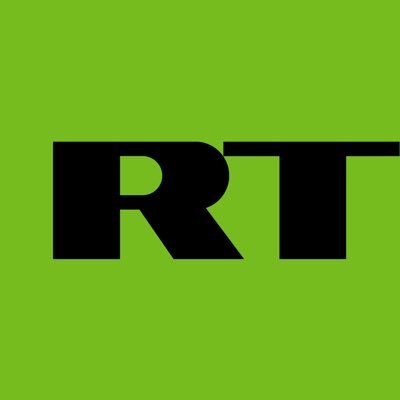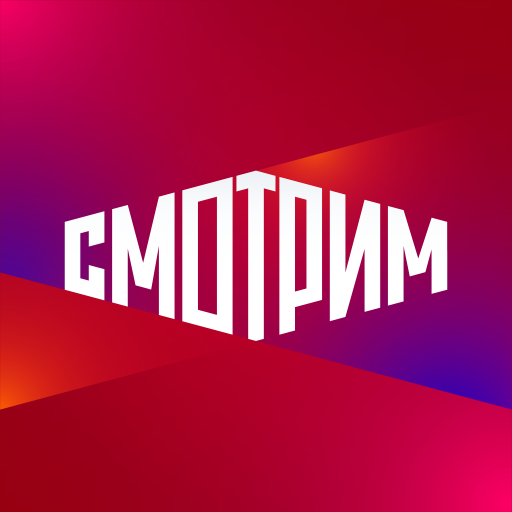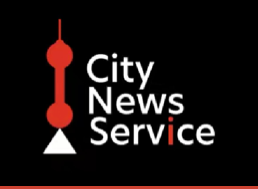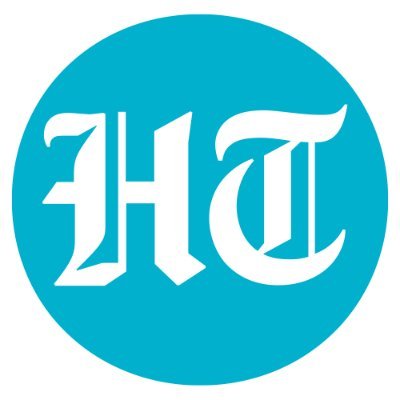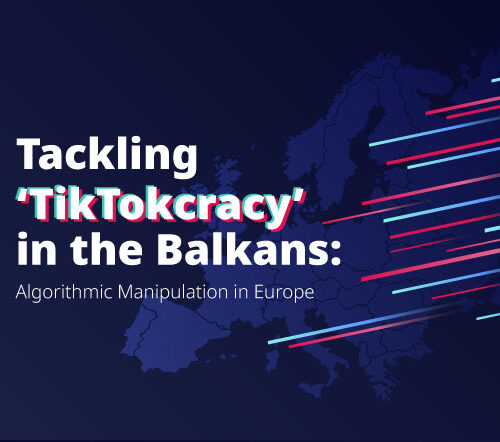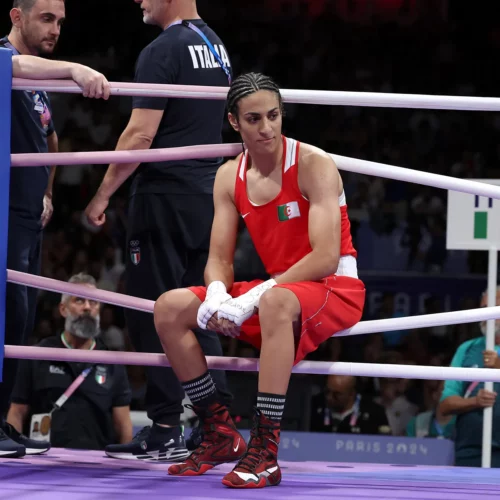On June 13, 2025, open conflict erupted between Israel and Iran after Israel launched coordinated airstrikes on Iranian nuclear and military facilities. Iran retaliated with missile and drone attacks on Israeli cities. Although a ceasefire was brokered by the United States and Gulf states by June 24, the brief but intense war marked a turning point in Middle Eastern geopolitics. It exposed deep vulnerabilities in regional security and showed how quickly long-standing hostilities can escalate.
Using Sensika’s media monitoring platform, we analyzed coverage across eight key countries: the United States, United Kingdom, France, Germany, Russia, China, India and Pakistan. Together they represent a balance of global powers, regional stakeholders and diverse media ecosystems. The USA remains Israel’s strongest ally, while the UK, France and Germany provide influential but more nuanced European perspectives shaped by diplomacy and history. Russia and China often challenge Western narratives, reflecting broader geopolitical rivalries. India and Pakistan bring perspectives rooted in the Islamic and South Asian worlds. This mix captures both dominant and alternative narratives, offering a comprehensive view of how the conflict was reported internationally.
Our analysis focuses on the top 15 tier-one media sources in each country, identifying the most viral headlines, emerging trends and dominant topics.
How does war look from Washington, Berlin, Moscow or New Delhi? Who is cast as aggressor, victim or peacemaker? This analysis explores how media coverage of the Iran-Israel conflict mirrored national interests, press freedoms and foreign policy agendas. Why did US outlets focus on military escalation and political division, while European media emphasized humanitarian concerns and strategic restraint? Why did Russian and Chinese narratives present their countries as calm, responsible actors while subtly casting the West as destabilizing forces? And how did South Asian media balance domestic priorities with global positioning? Around the world, the story of this war was not just reported, it was reframed and retold through the prism of each nation’s worldview.
Key Takeaways
- Media narratives around the Iran-Israel conflict largely mirrored each nation’s geopolitical stance and foreign policy, offering a lens into how political context and press freedom shape public perception.
- US media concentrated on military escalation, high-profile political reactions, and volatility in global oil markets, often framing events through a lens of urgency and confrontation.
- European outlets — particularly in the UK, France, and Germany — gave more attention to diplomacy, humanitarian consequences, and economic impacts, frequently reflecting domestic concerns over global stability.
- Russian and Chinese media positioned their countries as measured, responsible actors, while subtly or overtly framing the United States and its allies as destabilizing forces in the conflict.
- South Asian coverage from India and Pakistan balanced domestic priorities such as citizen safety and economic security with broader regional and ideological alignments, often informed by historical and religious contexts.
- Across all regions, the safety of nationals abroad and repatriation efforts emerged as common themes, though the prominence and framing of these updates varied significantly depending on national priorities and perceived stakes.
Table of contents
Media Coverage Peaks and Patterns
Daily Media Momentum
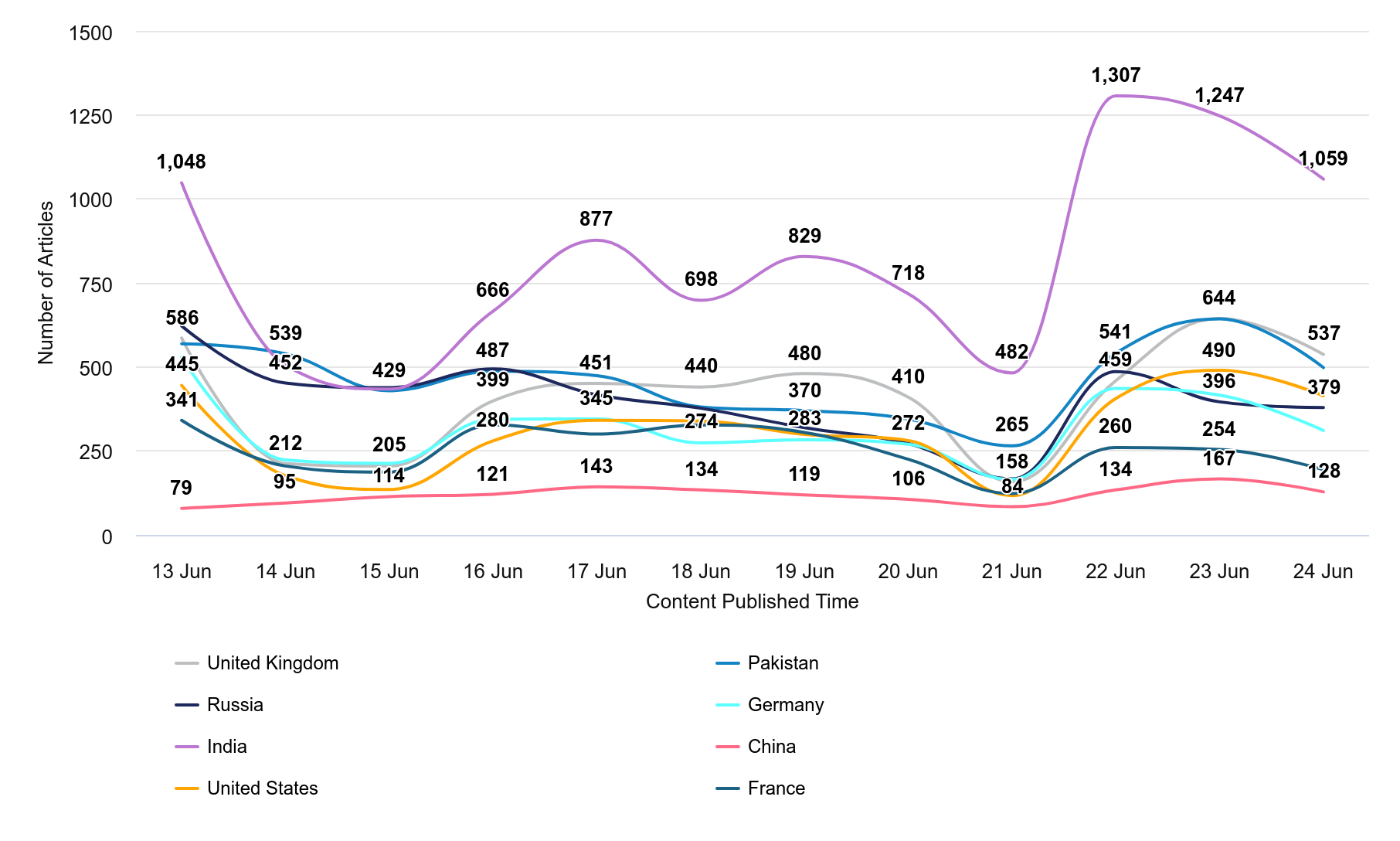
The chart shows two clear peaks in global media coverage between June 13 and June 24. The first peak occurred on June 13, the day the war began, with India leading coverage at over 1,000 articles, likely due to its large and prolific English-language media landscape. The second surge came on June 22–23, coinciding with the US intervention, driving another wave of intense global reporting. In contrast, China consistently showed the lowest volume of coverage throughout the period, suggesting limited media engagement with the topic.
Who’s Leading the Coverage?
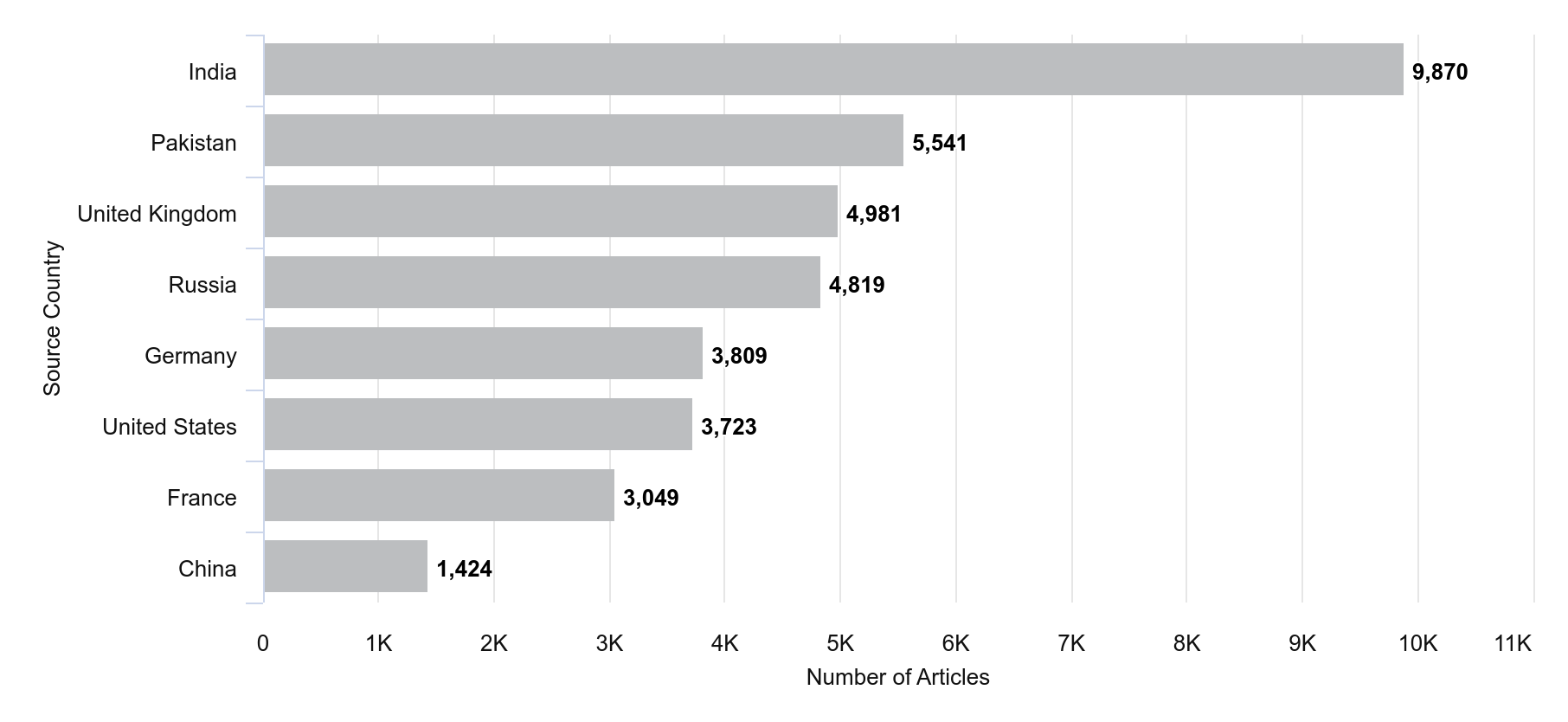
India’s top media sources were the most productive, publishing 9,870 articles, nearly twice as many as Pakistan (5,541), the next highest. The UK (4,981), Russia (4,819), and Germany (3,809) also showed strong output from their leading outlets, while the US, France, and China followed with lower volumes.
Country and Regional Narratives
United States
US media coverage of the conflict included approximately 3,700 articles from top sources.
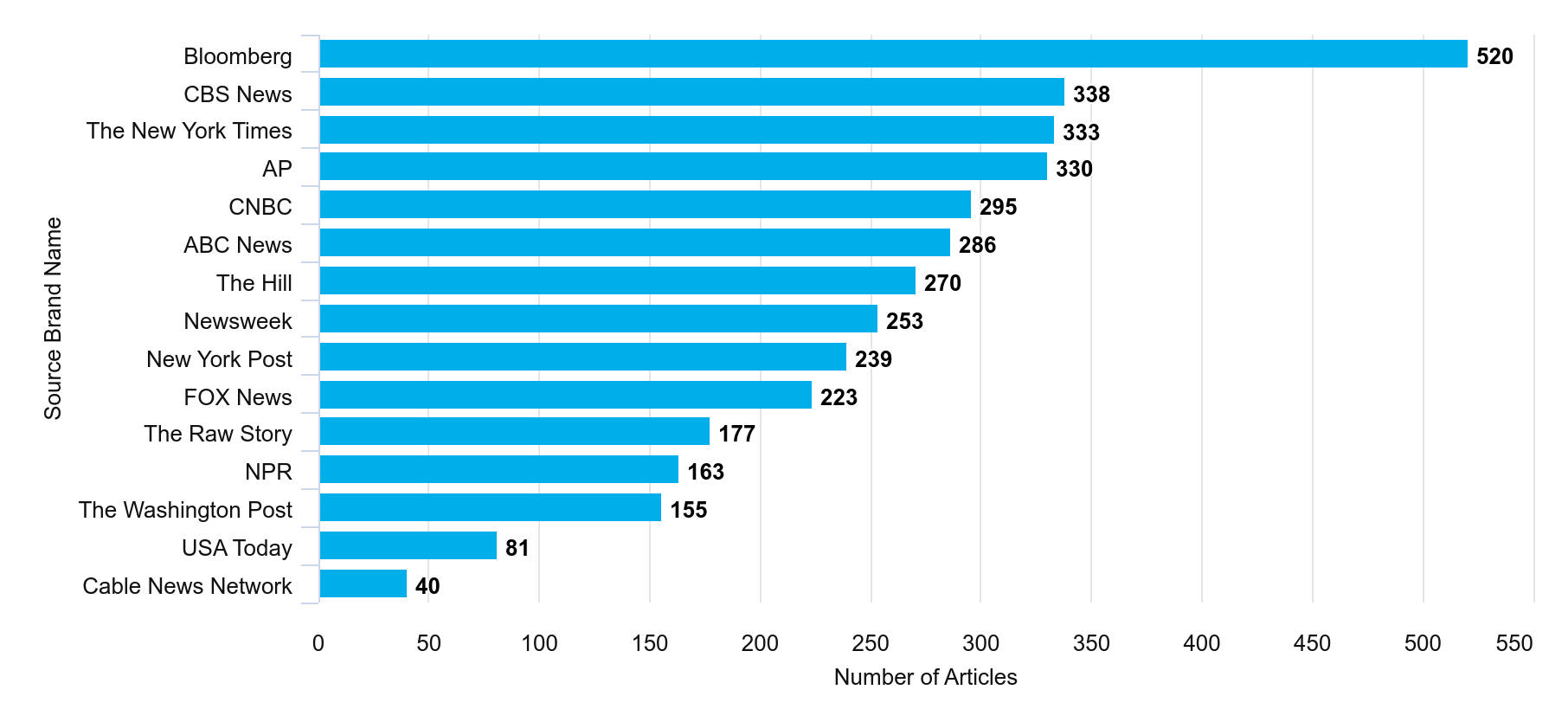
US Media Narrative Trends
1. Military Escalation & Retaliation
Headlines frequently emphasize strikes, missile attacks, and military deployments, reinforcing narratives of rising tension and the potential for wider conflict.
2. US Political Reactions and Internal Debate
Responses from American political figures, particularly Trump-era officials and MAGA-aligned voices, are frequently referenced.
3. Oil Market Volatility
Oil remains a dominant narrative lens, with reports tying price swings directly to new attacks or policy threats.
4. Legacy of US Middle East Policy
Several outlets frame the conflict within the broader context of longstanding US involvement in the region, drawing parallels to past interventions such as the 2003 Iraq War.
Words Matter: Framing Techniques in US Media Coverage
Most headlines are tense, dramatic, or confrontational, often using alarmist or conflict-laden language.
Use of strong action verbs like “destroys,” “intensify,” “strike,” “evacuation,” “damage” dominate, indicating urgency.
Emphasis on Iran’s vulnerability or reaction with headlines often framing Iran as being “hit,” or “isolated“; refer to its “miscalculation” and “diminished” air defenses, while Israel launched a “massive attack” or caused a “serious blow” to Iran’s nuclear program.
United Kingdom
UK media coverage of the conflict included approximately 5,000 articles from top sources.
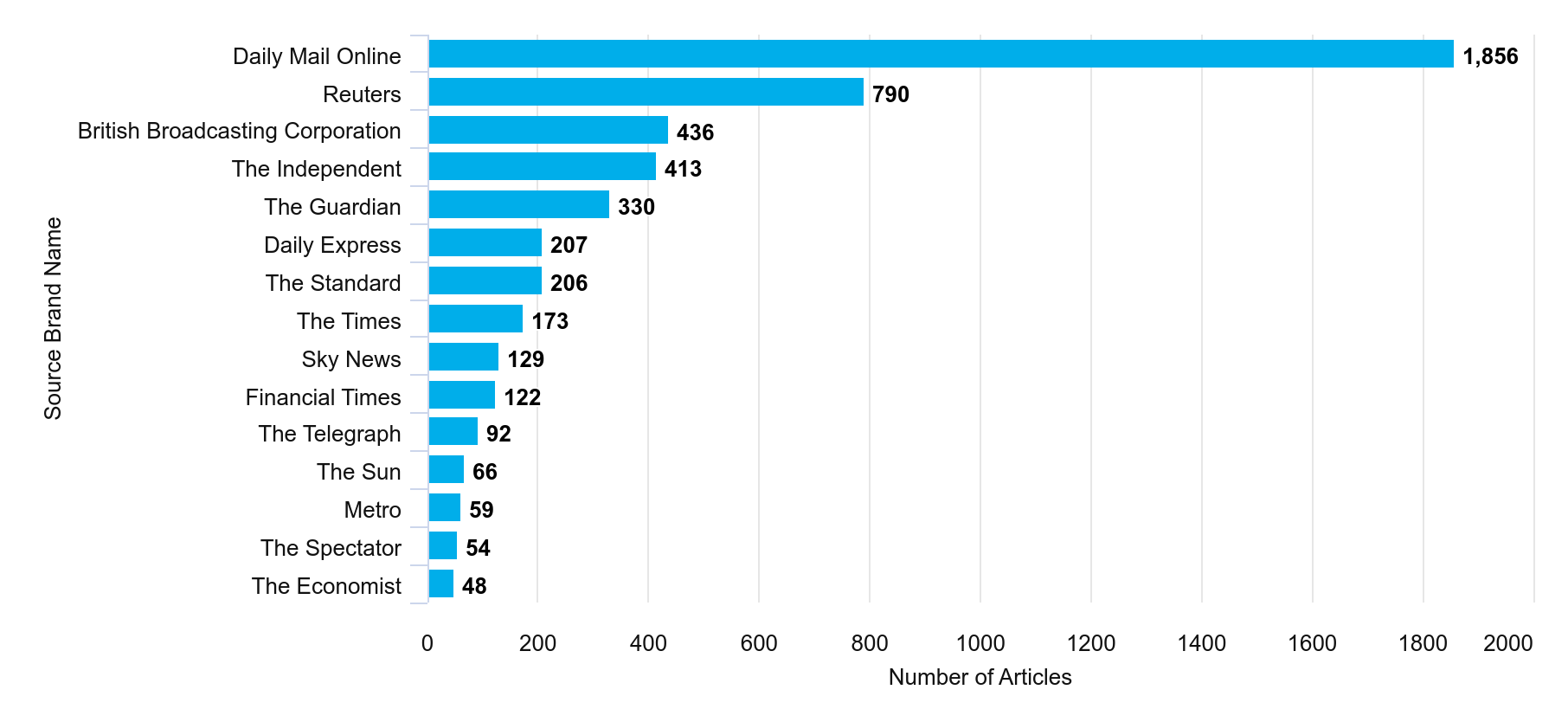
UK Media Narrative Trends
1. UK’s Reluctant Role
British media often portrayed the UK as playing a restrained or peripheral role in the conflict. While some headlines stressed diplomatic efforts and the avoidance of direct involvement, others called for stronger leadership to assert Britain’s global presence.
2. Fear of Escalation and Fallout
A recurring theme linked the conflict to its potential fallout on the UK economy, particularly in relation to oil, gold prices, and inflation. Media outlets framed the war’s escalation through its tangible impact on British households and market stability.
3. Polarised Editorial Tone
UK media coverage revealed a stark contrast in editorial perspectives. While some headlines adopted a highly critical stance toward Israeli leadership, others expressed open admiration for Israel’s military capability.
Words Matter: Framing Techniques in UK Media Coverage
Headlines are largely skeptical, emotionally charged, or economically anxious, with a preference for dramatizing fallout over glorifying military action. British media frequently stress the implications for UK civilians, especially economic and political costs, rather than focusing on tactical victories.
Use of conversational and emotive terms such as “hit hard in our wallets,” “worst-case scenario,” “guts,” and “blurring lines” helps headlines appeal to broad public sentiment.
Focus on daily life impacts rather than militaristic action is common, with coverage centering on inflation, fuel prices, food supply, and national budgeting.
Compared to American headlines, British coverage spends less time describing airstrikes or military maneuvers, and more on strategic consequences, diplomacy, or moral ambiguity.
Germany
German media coverage of the conflict included approximately 4,000 articles from top sources.

German Media Narrative Trends
1. Balanced Framing
German media coverage maintained a restrained and diplomatic tone, avoiding inflammatory language and emphasizing international law and multilateral norms. Reports frequently centered on Germany’s official stance as well as reactions from the EU, UN, and NATO.
2. Nuanced Portrayals of Leaders and Alliances
Rather than simple hero/villain frames, German coverage questions motives, reflects on Europe’s alignment with Israel, and highlights Russian involvement.
3. European Passivity and Powerlessness
A consistent theme is Europe’s marginal role in the conflict, portrayed as weak, reactive, or irrelevant.
4. Security & Civilian Impact
German media frequently highlights the human and infrastructural consequences of the Iran-Israel conflict, placing emphasis on civilian experiences, displacement, and the unpredictability of military escalation.
5. Sovereignty Over Sides
German coverage avoids binary narratives and presents both Iran and Israel as complex actors with distinct agendas. Rather than casting either state as wholly villainous or virtuous, headlines explore leadership motives and strategic goals.

The Supreme Leader’s Options
June 14
Words Matter: Framing Techniques in German Media Coverage
German headlines often analyze motives, legitimacy, and broader geopolitical roles, with less focus on battlefield details or dramatic escalation. The tone is formal, moderate, and policy-oriented.
Use of moral or evaluative terms such as “powerless spectators” and “dirty work” reflects discomfort with both military escalation and European inaction.
Focus on strategic intent and institutional responses is more common than dramatizing combat or emotional fallout. Coverage often examines Netanyahu’s goals, diplomatic efforts, and institutional responses. The war is framed as a test of international legitimacy, geopolitical balance, and ethical responsibility, not just power or retaliation.
Compared to American or British coverage, German headlines show less emotional urgency or national self-interest, and more concern with international law, diplomacy, and historical responsibility. They are less populist and more focused on consequence and context.
France
French media coverage of the conflict included approximately 3,000 articles from top sources.

French Media Narrative Trends
1. Emphasis on Escalation Avoidance
French media emphasizes the urgency of de-escalation, with repeated appeals for diplomatic engagement and multilateral solutions. France is framed as a proponent of peace and underscores Europe’s mediating ambitions in the conflict.
2. Strategic Ambiguity and Multipolarity
French headlines often raise open questions: “What will Khamenei do?”, “What does Netanyahu want?”, “Is the nuclear program really stopped?” — signaling cautious speculation rather than bold assertion.
3. Humanitarian and diaspora focus
Several headlines highlight the Iranian people’s struggle, diaspora reactions, and the civilian toll, shifting focus away from state actors to those affected.
Words Matter: Framing Techniques in French Media Coverage
Headlines are reflective, politically critical, and diplomatically cautious, with a strong focus on Macron’s positioning, international diplomatic efforts, and civilian suffering. The framing often weighs moral equivalence, critiques hardline strategies, and emphasizes France’s call for restraint.
Use of skeptical or critical terms such as “strategic error,” “dangerous gamble,” “on diplomatic sidelines,” “political survival,” and “advocating for the regime” conveys doubt towards militarism, frustration with diplomacy, and disillusionment with political leadership.
Russia
Russian media coverage of the conflict included approximately 5,000 articles from top sources.

Russian Media Narrative Trends
1. Anti-Western Framing
Many headlines frame the conflict as a proxy war fueled by the United States, with Israel depicted as an aggressive actor emboldened by US policy. Russian headlines routinely portray the conflict as the result of US orchestration or Israeli provocation.

2. Framing Russia as a restrained and reasonable global actor
Russian media portrays Moscow as a cautious yet authoritative global actor, issuing warnings, advocating restraint, and positioning itself as a stabilizing force. At the same time, coverage underscores strategic alignment with Tehran, framing Iran as a partner under external threat.
3. Positioning Iran as Ascendant
Russian media often frames Iran as a dominant military force in the conflict, emphasizing its strategic capabilities and successful strikes. Coverage amplifies Iran’s offensive posture and portrays Israeli vulnerabilities.
4. Emphasis on global consequences and Western distraction from Ukraine
Headlines often claim that the war will benefit Russia by weakening Western focus on Ukraine or destabilize global energy and security.
5. Vocal Reaction from Global South
Headlines amplify statements from Turkey, Pakistan, etc. This builds a counter-Western narrative coalition in coverage.
Words Matter: Framing Techniques in Russian Media Coverage
Headlines are assertive, accusatory, and geopolitically charged, with heavy emphasis on Western culpability, Israeli aggression, and Russia’s moral positioning. The tone often aims at delegitimizing the US and Israeli actions while casting Iran as a victim or strategic partner.
Use of charged phrases such as “perverted logic” and “nuclear catastrophe” suggests moral outrage, strategic forewarning, and suspicion of Western manipulation.
China
Chinese media coverage of the conflict included approximately 1,000 articles from top sources.
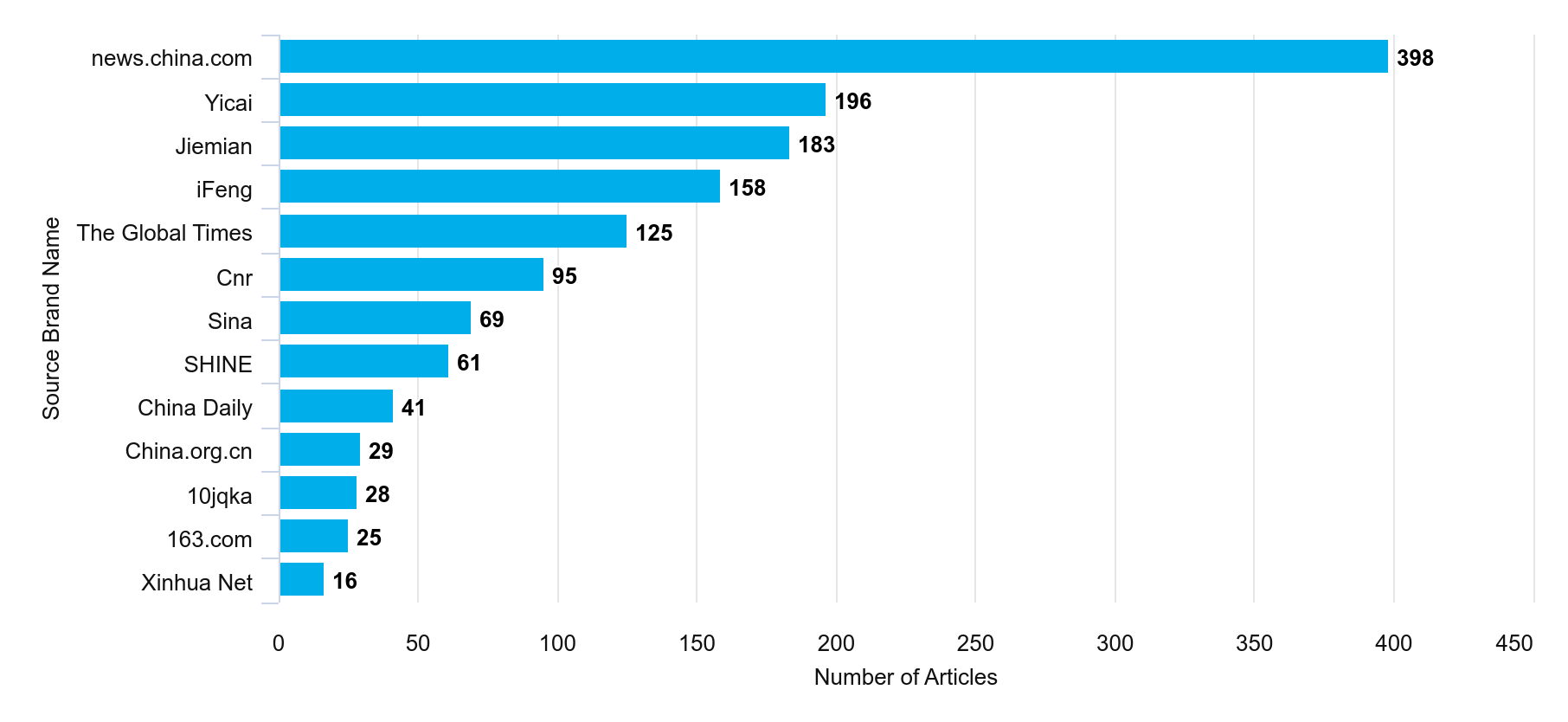
Chinese Media Narrative Trends
1. Call for De-escalation and Dialogue
Many headlines emphasize diplomatic restraint. China’s foreign ministry and President Xi Jinping are frequently quoted as calling for a ceasefire.
2. Framing China as a responsible international actor and peace broker
Many headlines highlight China’s calls for calm, diplomatic communication with both sides, and alignment with multilateral efforts like UN or Arab League statements.
3. Criticism of the US and Israel appears, but is carefully embedded
While often restrained, Chinese headlines criticize US military action or Israeli strikes, especially where sovereignty or nuclear stability is concerned. These critiques are usually voiced via officials, spokespersons, or allies to maintain diplomatic decorum.
4. Domestic Reassurance and Information Management
Some articles focus on the status of Chinese nationals abroad, including repatriation plans, warnings from embassies, and reassurances of safety.
Words Matter: Framing Techniques in Chinese Media Coverage
Headlines are diplomatically worded, restraint-focused, and state-centric, reflecting China’s official foreign policy stance: neutrality, non-interference, and emphasis on peaceful resolution. There is minimal sensationalism, with a clear goal of presenting China as a mediator and responsible global power.
Use of diplomatic terms like “dialogue,” “de-escalation,” “constructive role,” and “ceasefire” signals a formal, cautious, and multilateral tone in contrast to Western or Russian coverage. The language prioritizes stability, regional order, and sovereign rights over military narratives.
Chinese coverage often draws indirect criticism of the United States. Iran is not glorified, but Chinese headlines acknowledge its position as a state defending sovereignty and a victim of foreign interference, especially when nuclear sites are targeted.
India
Indian media coverage of the conflict included approximately 10,000 articles from top sources.

Indian Media Narrative Trends
1. Emphasis on Indian nationals and evacuation logistics
A distinctive feature is the focus on Indian citizens in the region and repatriation efforts.
2. Economic fallout is a key concern
Several headlines focus on how the conflict impacts oil markets, inflation, and energy security, making the war’s impact relatable to domestic audiences.
3. India’s Strategic Neutrality and Reactions
Indian headlines typically avoid openly siding with either Israel or Iran. Instead, they highlight Prime Minister Narendra Modi’s and External Affairs Minister S. Jaishankar’s outreach to both parties, calls for restraint, and India’s potential role as a stabilizing force.

Words Matter: Framing Techniques in Indian Media Coverage
Headlines are pragmatic, security-focused, and economically concerned, often centered around India’s oil supply, citizen safety, and diplomatic balancing. There is minimal ideological framing and a strong emphasis on India’s national interest and geopolitical neutrality.
Use of practical and policy-oriented terms such as “oil supply,” “evacuations,” “de-escalation,” “distances itself,” and “dialogue” reflects a measured, policy-oriented tone, prioritizing crisis management and damage containment over emotional or militaristic language.
Pakistan
Pakistani media coverage of the conflict included approximately 5,000 articles from top sources.

Pakistani Media Narrative Trends
1. Frames Israel and the West (especially the US) as orchestrators of regional instability
There is direct implication that the US enabled or supported the attacks, often through circumstantial evidence or inference.

2. UN, international law, and collective Muslim response are central themes
Headlines emphasize Pakistan’s calls to the UN, appeals to Article 51 (self-defense), and push for a unified Islamic front against Israel. The headlines signal clear solidarity with Iran and delegitimize Israeli actions through both religious and international legal framing.
Words Matter: Framing Techniques in Pakistani Media Coverage
Headlines are highly politicized, religiously framed, and morally charged, portraying the conflict as Israeli aggression, Western complicity, and an attack on Muslim sovereignty. There is a clear ideological and solidarity-based alignment with Iran.
Use of legal, ethical, and religious terms such as “illegitimate,” “aggression,” “self-defense,” and “hold Israel accountable,” reinforces this framing. The use of collective phrases like “Muslim sovereignty” and “Islamic countries” underscores a pan-Islamic lens.
Conclusion
The Iran-Israel conflict was a geopolitical flashpoint that offered a clear case study in how national interests shape media coverage.
Each country’s press reflected its strategic priorities, cultural lens, and political alignment, shaping public perception in markedly different ways. From calls for restraint to narratives of blame, the war’s story was refracted through diverse viewpoints, each reinforcing the worldview of its audience. Understanding these distinctions is essential for grasping how international conflicts are interpreted, reported, and ultimately remembered.
